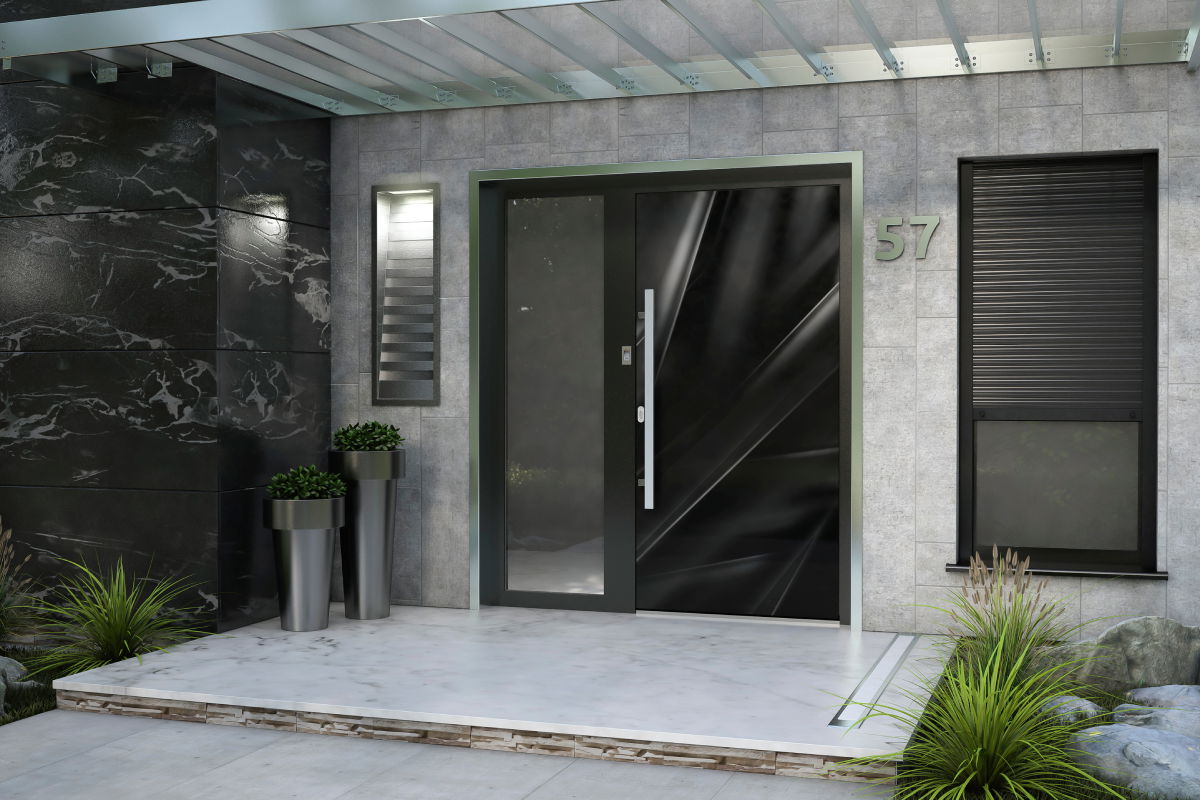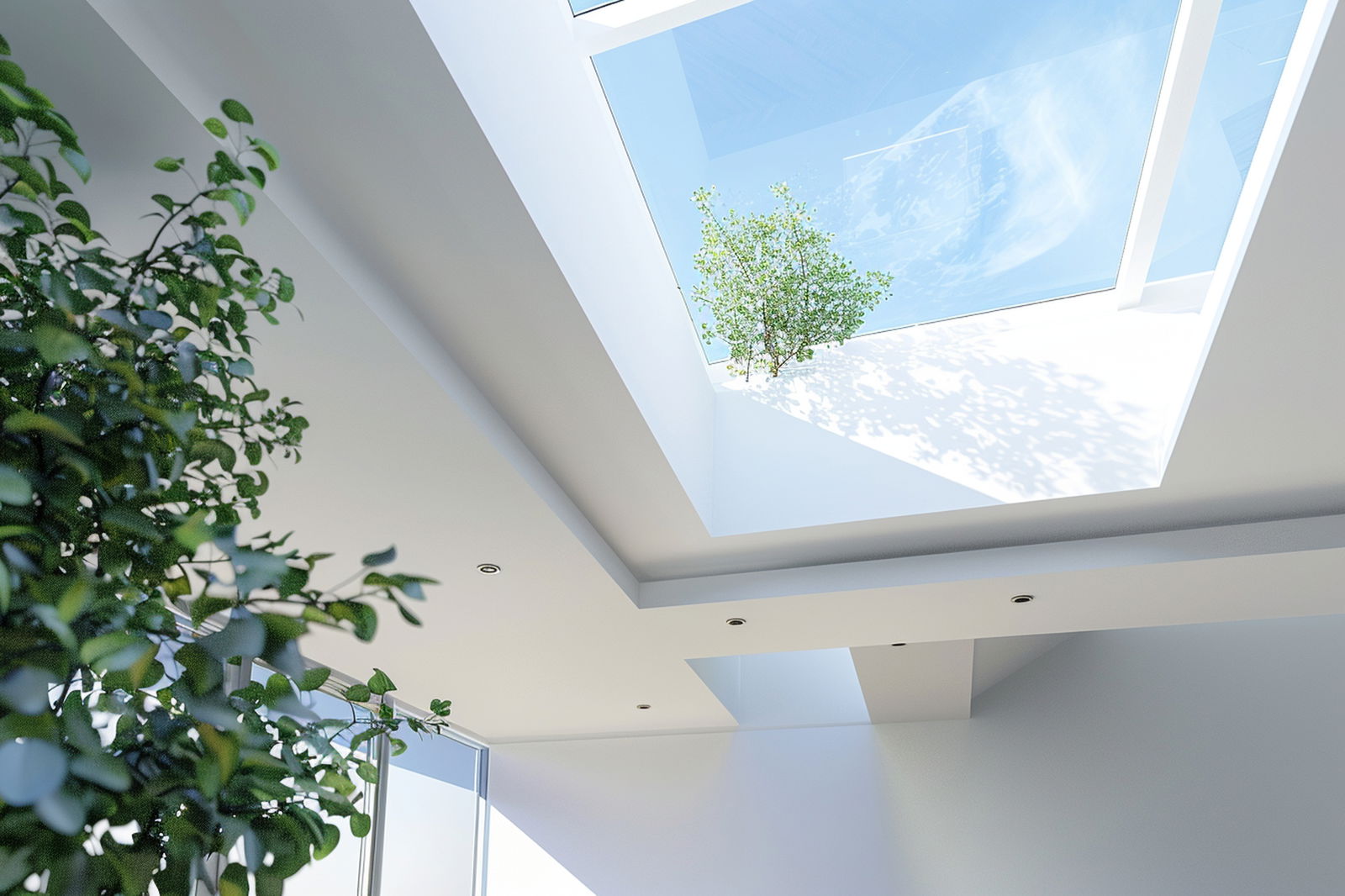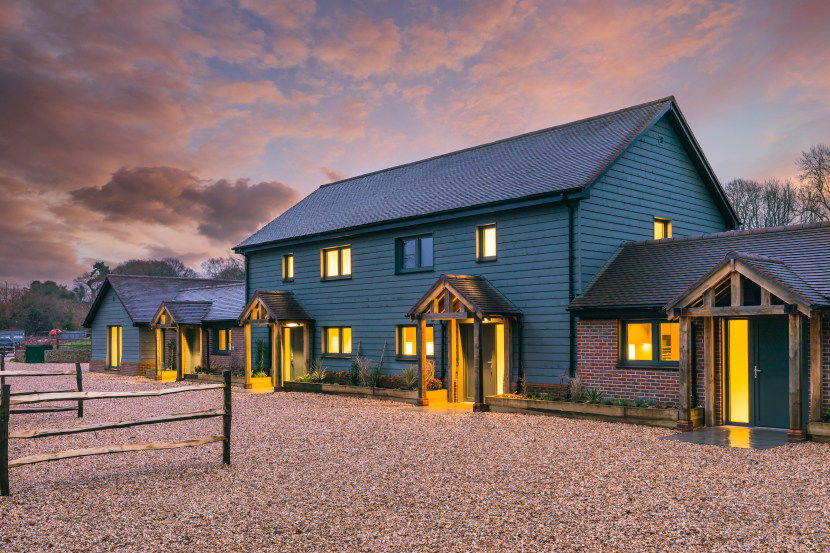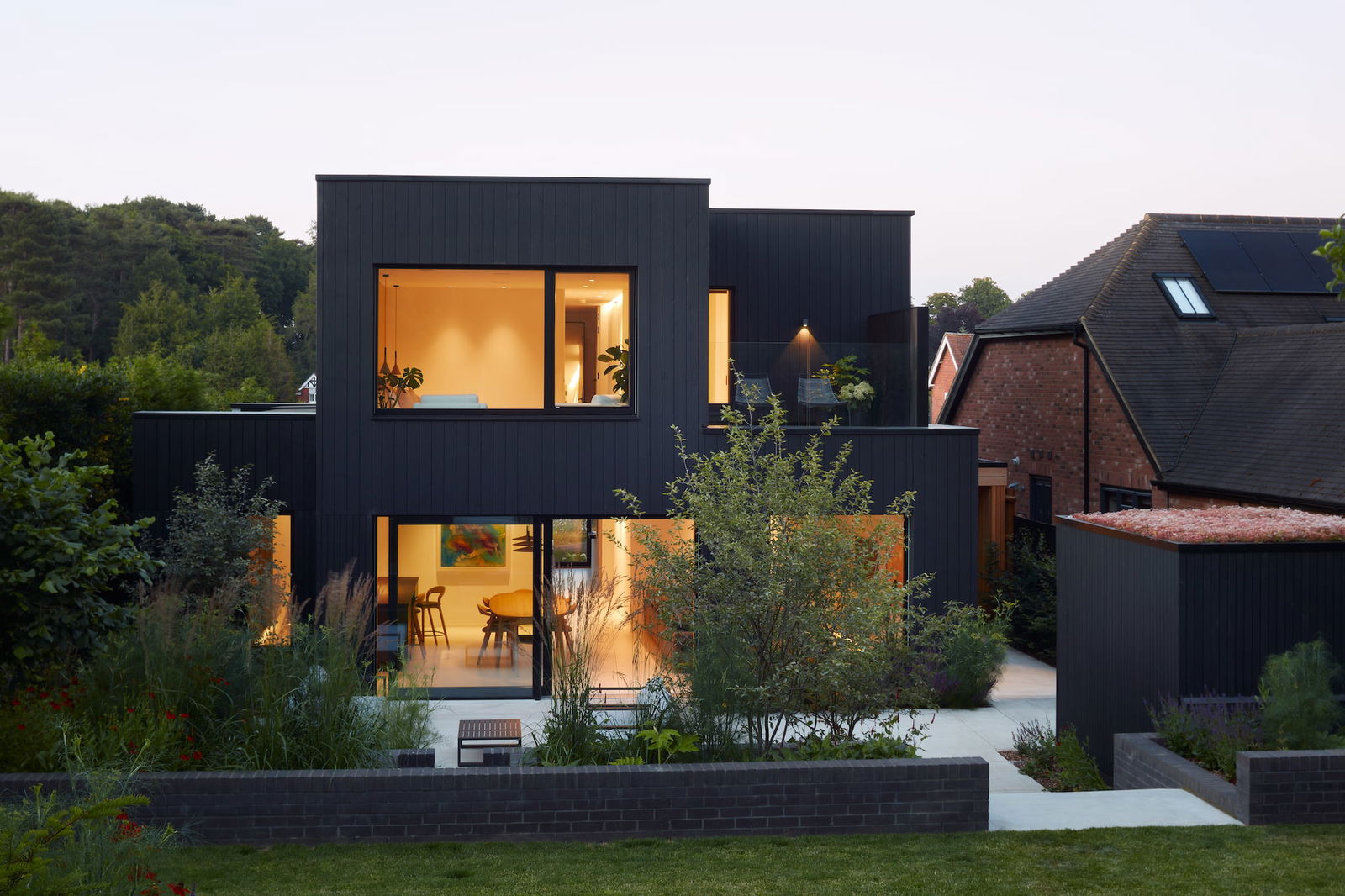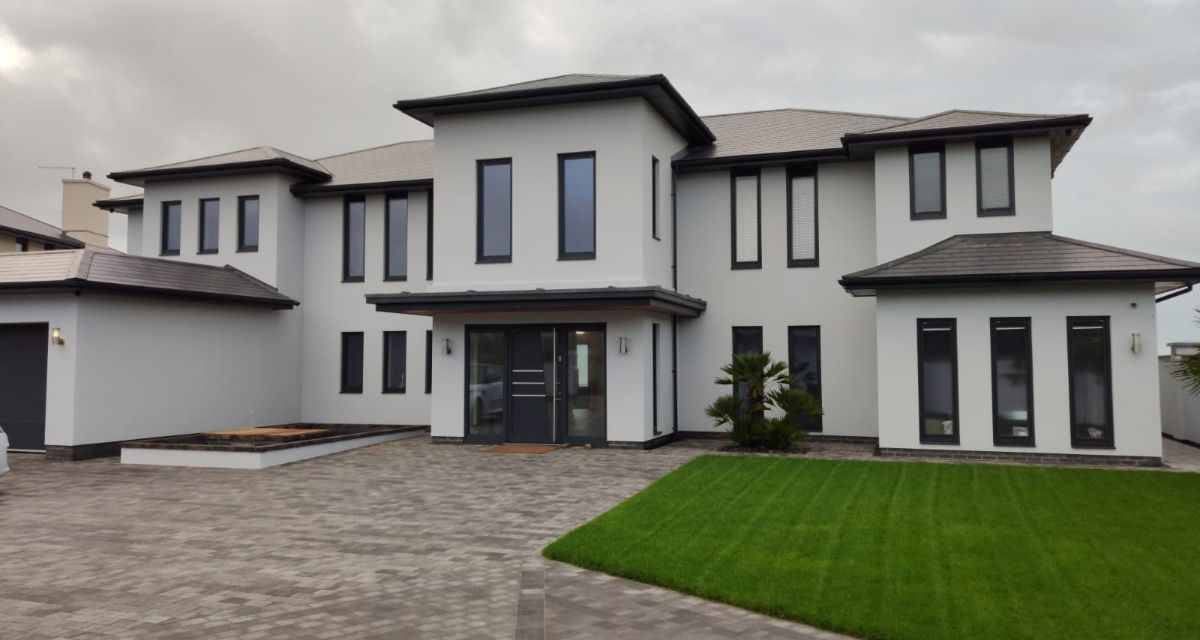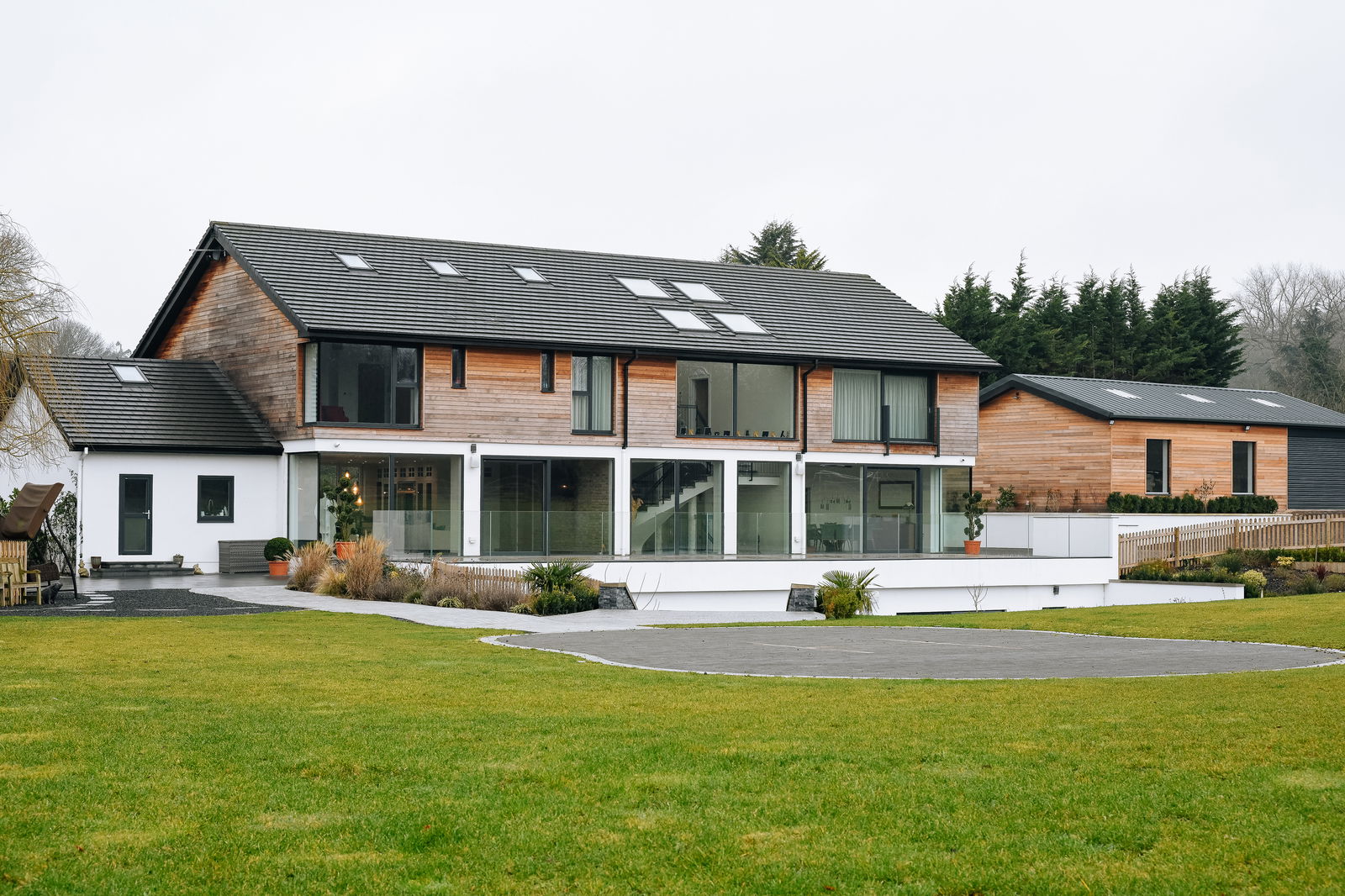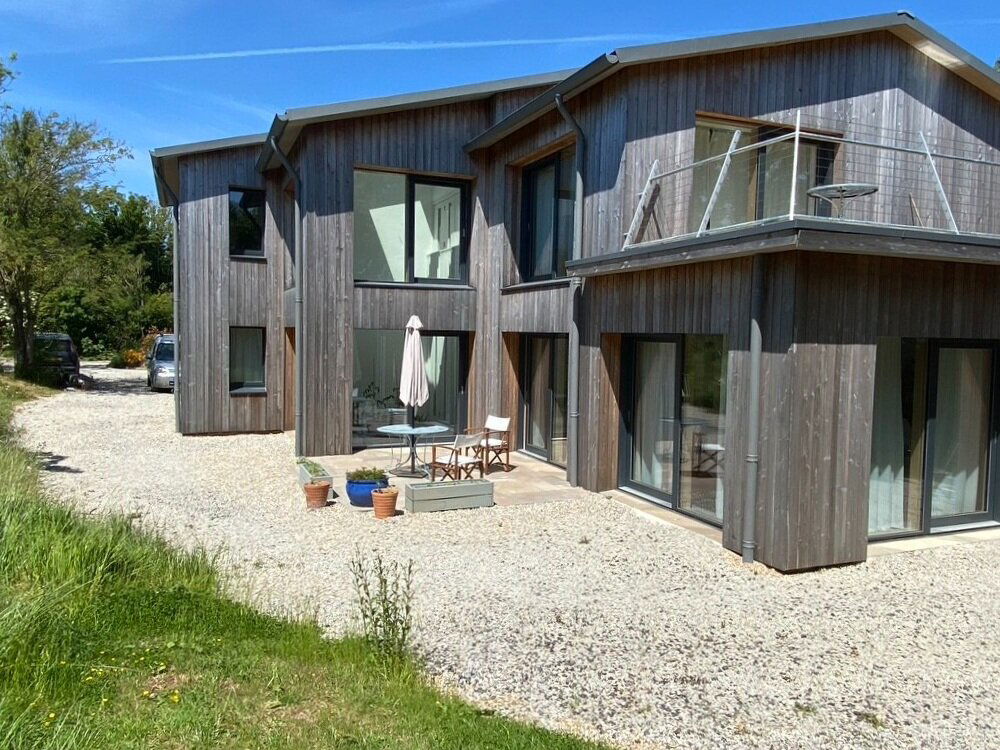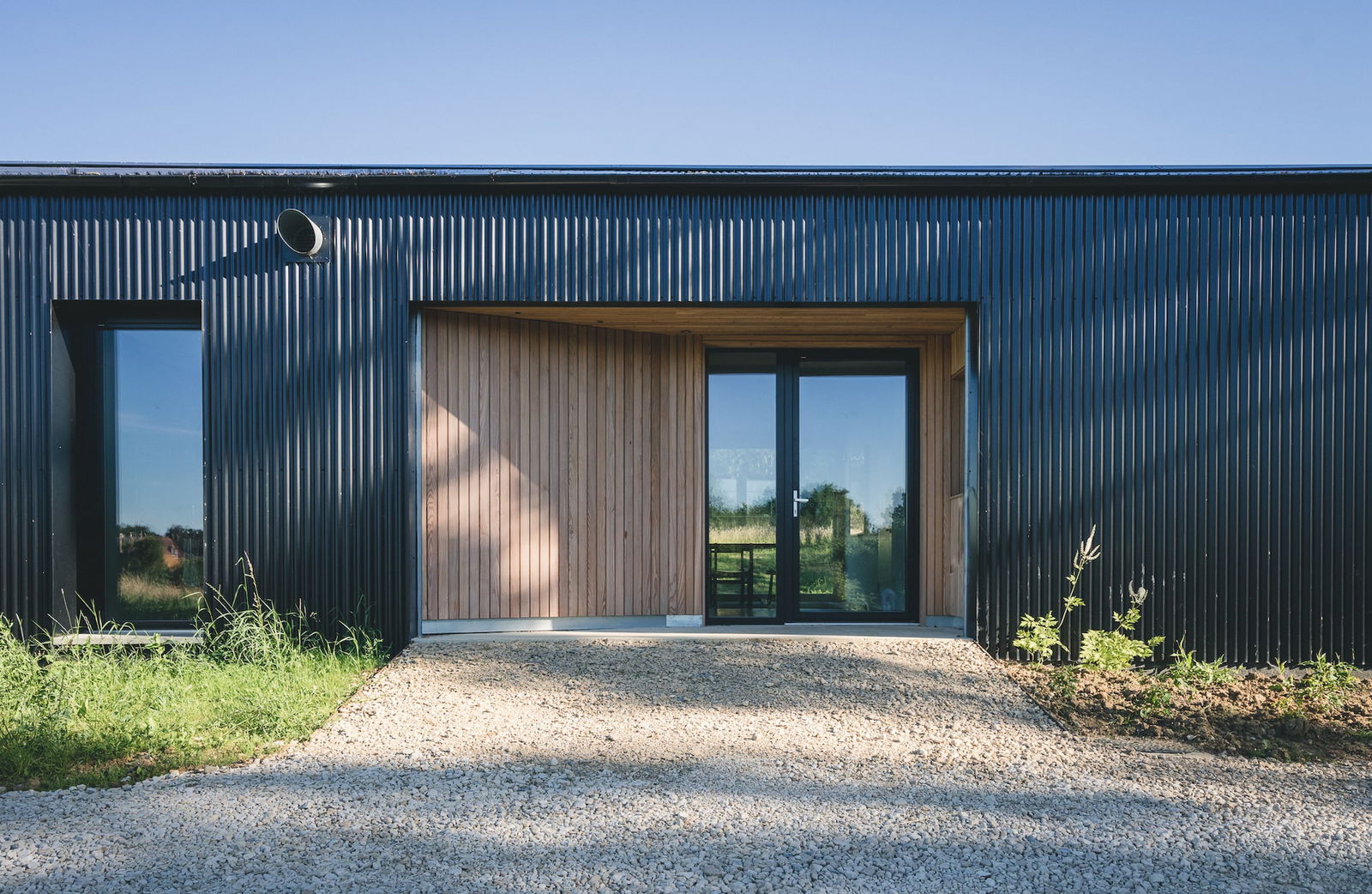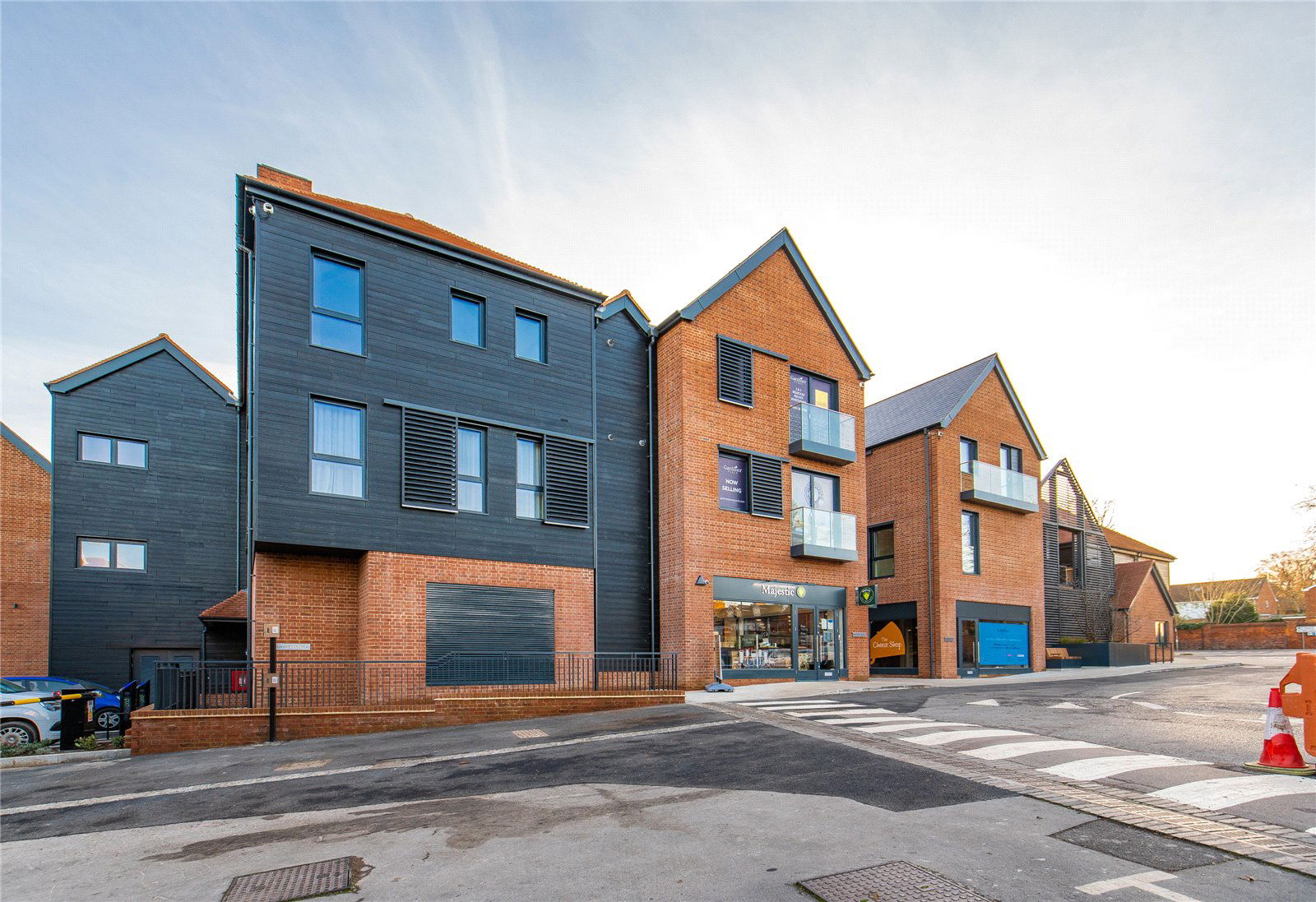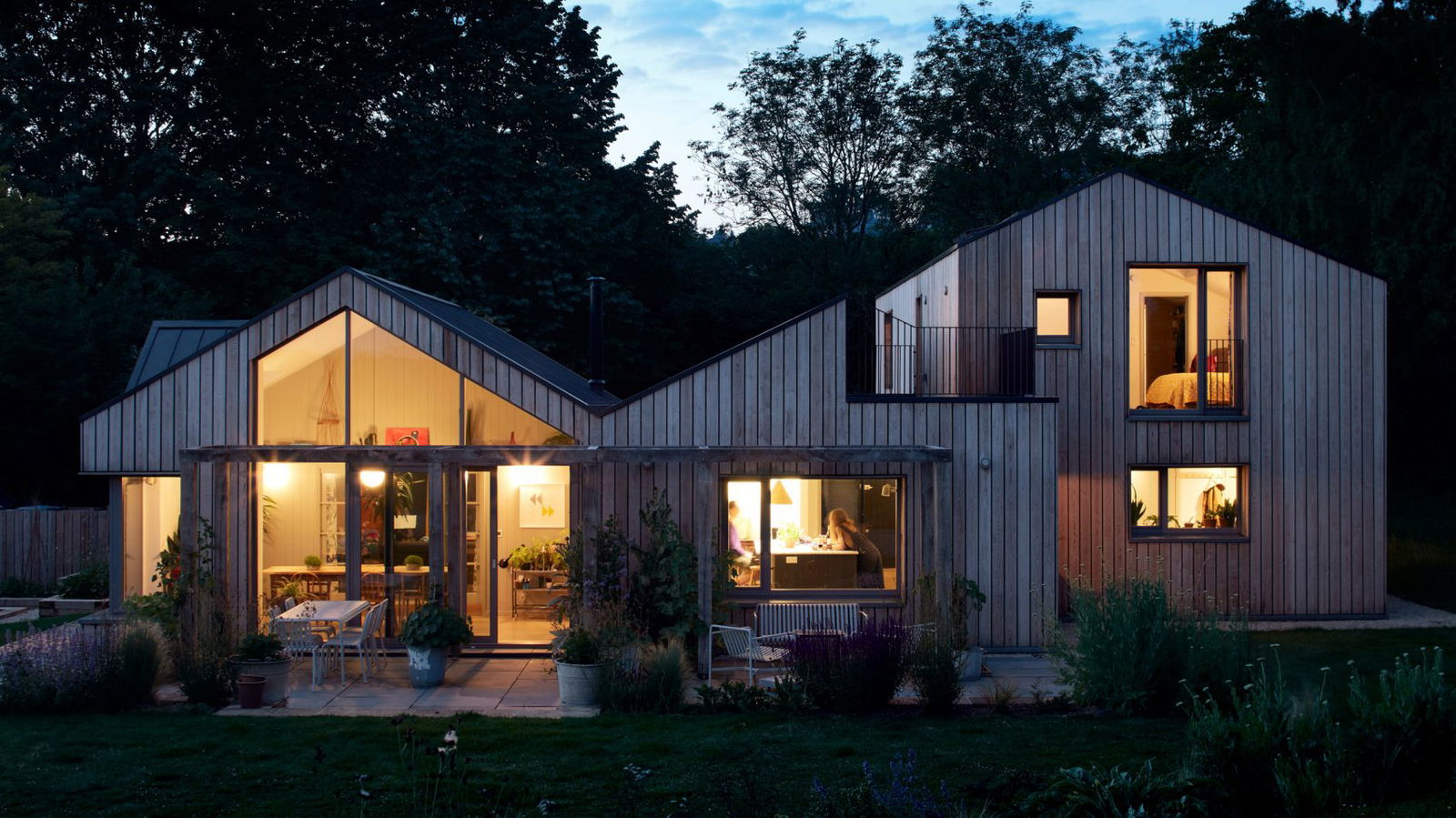But there’s a solution. Sound reduction acoustic glazing can transform noisy properties into calm, insulated sanctuaries. In this article, we explain how acoustic glazing works, why triple-glazed windows are especially effective, and how AT-ECO helps UK homeowners create quieter, more comfortable homes.
Why Noise Pollution Is More Than Just an Annoyance
Urban and suburban noise isn’t just irritating—it can harm health and quality of life. If you live near:
- Busy roads
- Airports or train lines
- Schools or playgrounds
- Construction zones
- Commercial centres
…then you’ve likely experienced:
- Poor sleep quality
- Difficulty concentrating or working from home
- Elevated stress levels
- General discomfort and reduced property enjoyment
Standard windows offer minimal defence. Sound travels through vibrations, and traditional glazing allows much of that noise to pass straight through.
How Does Acoustic Glazing Work?
Sound travels as pressure waves. When these waves strike your windows, they cause the glass to vibrate and transmit that energy indoors. Standard glazing, especially single-pane or thin double glazing, is not dense enough to stop low-frequency sounds like traffic or aircraft engines.
Acoustic glazing interrupts this process by using specialised materials and construction methods to absorb or reflect sound waves before they enter your home.
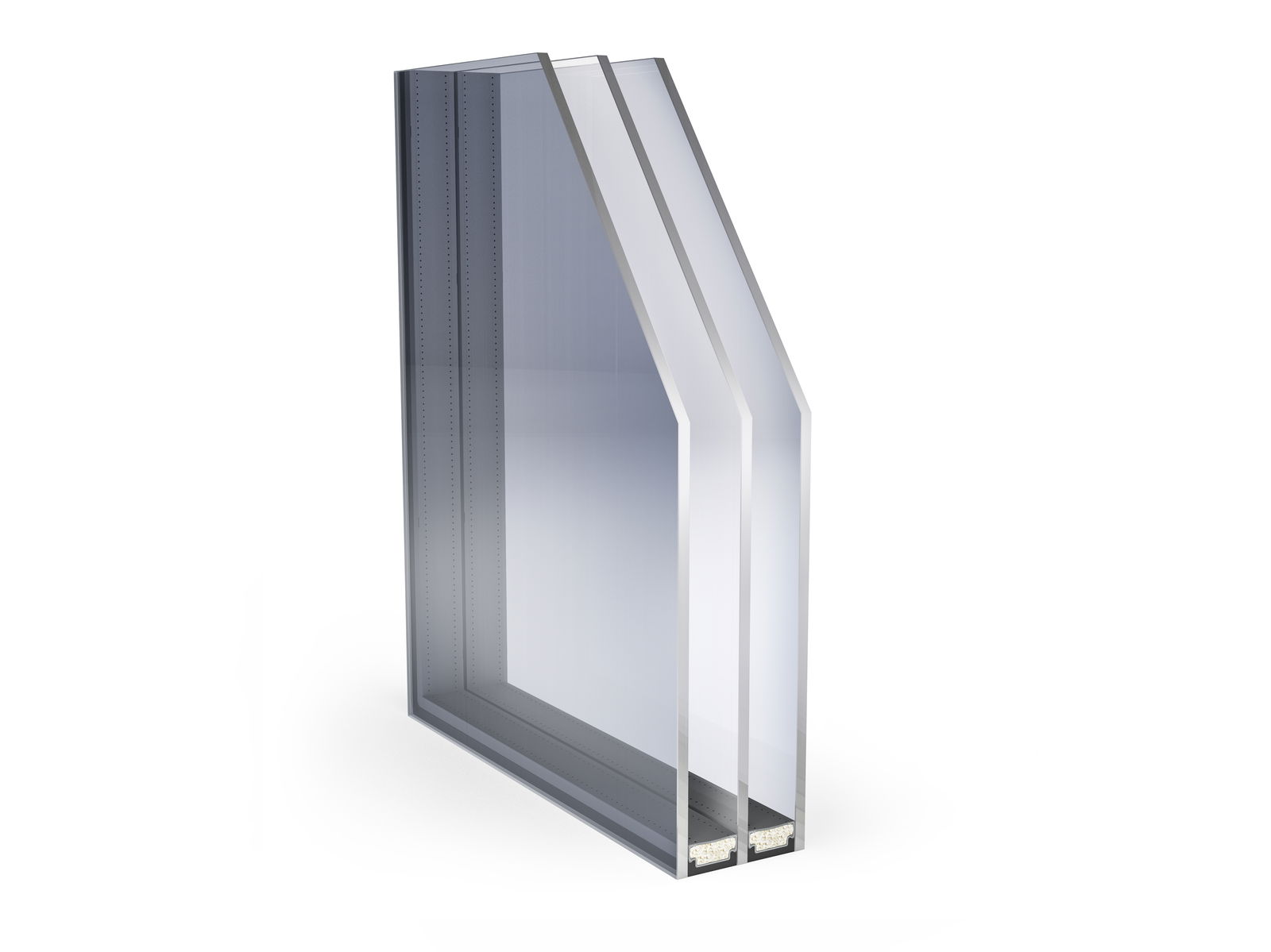
Why Triple-Glazed Acoustic Windows Make a Big Difference
Triple-glazed acoustic windows take noise insulation to a new level by combining multiple soundproofing techniques:
- More Glass = More Mass: Extra panes increase the overall density, making it harder for vibrations to pass through.
- Varying Pane Thickness: Using glass of different thicknesses disrupts wave resonance, helping to break up sound energy.
- Laminated Acoustic Glass: A special interlayer (usually PVB) between glass sheets absorbs and dampens vibrations.
- Gas-Filled Gaps: Inert gases like argon or krypton in the space between panes slow sound transmission more than air.
- Wider Spacing Between Panes: Increases the acoustic insulation by reducing direct wave transfer.
With the right configuration, triple-glazed acoustic glazing can reduce sound by up to 48 dB—an enormous difference in everyday life.
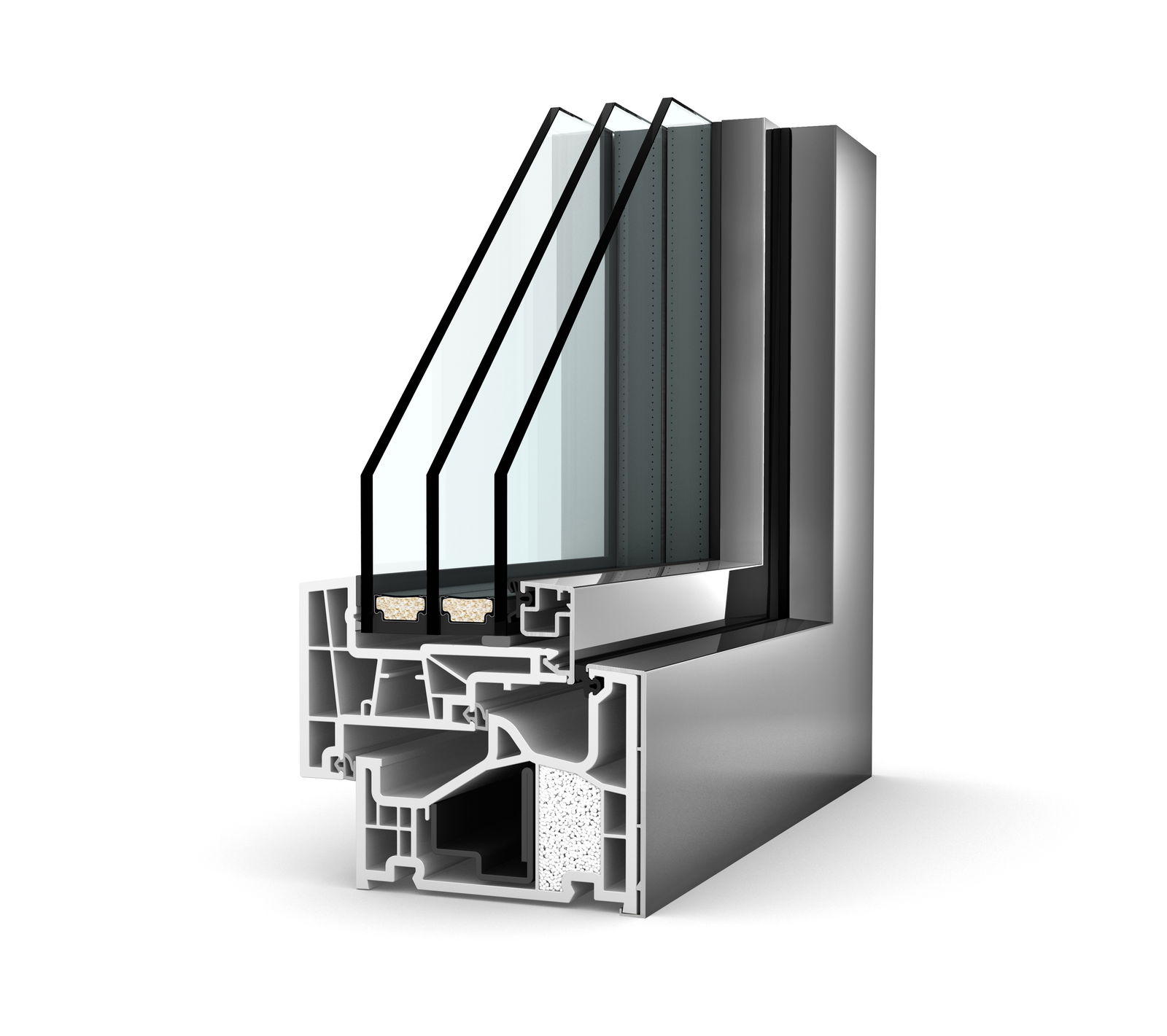
Acoustic Glazing Comparison Table
| Glazing Type | Construction | Estimated Noise Reduction | Thermal Efficiency | Best For |
|---|---|---|---|---|
| Standard Double Glazing | 2 panes, air-filled | ~25–30 dB | Moderate | General domestic use |
| Acoustic Double Glazing | 2 panes (one laminated), gas-filled | ~32–38 dB | High | Homes near moderate noise sources |
| Standard Triple Glazing | 3 panes, uniform thickness | ~34–40 dB | Very High | Energy-efficient builds |
| Acoustic Triple Glazing | 3 panes, varied thickness + lamination | ~40–48 dB | Very High | Homes near airports, railways, cities |
Figures are indicative and may vary depending on frame design, installation quality, and environmental factors.
What Does a 48 dB Sound Reduction Mean?
Understanding decibels (dB) is key to grasping how effective acoustic glazing can be. Sound levels are logarithmic: a reduction of 10 dB means the sound is perceived as half as loud. So a 48 dB reduction is immense.
| Noise Source | Typical Volume | Heard After 48 dB Reduction |
|---|---|---|
| Busy city traffic | 75–80 dB | 27–32 dB – similar to a quiet conversation |
| Aircraft take-off (close) | 90–100 dB | 42–52 dB – like office background noise |
| School playground | 70–75 dB | 22–27 dB – quieter than a public library |
With up to 48 dB of sound reduction, you can turn a noisy home into a restful retreat—ideal for bedrooms, home offices, or entire properties exposed to high noise levels.
Key Benefits of Acoustic Glazing
- Restful Sleep & Improved Wellbeing: Night-time noise can severely affect sleep quality. Acoustic glazing creates a more peaceful environment, supporting better rest and health.
- Productivity at Home: Fewer distractions mean better focus, whether you're working remotely, studying, or simply enjoying a quiet afternoon.
- Energy Savings: Triple-glazed acoustic units also enhance thermal insulation—reducing heat loss in winter and heat gain in summer, lowering energy bills year-round.
- Increased Property Value: Soundproofed homes are more desirable, particularly in noisy areas. Installing acoustic glazing can boost resale value and market appeal.
Why Choose AT-ECO for Your Acoustic Window Needs?
AT-ECO Windows & Doors is a trusted supplier and installer of premium acoustic glazing from top brands like:
With decades of combined experience and FENSA-certified installation teams, we ensure every acoustic glazing project meets the highest performance and quality standards—tailored for both residential and commercial properties.







